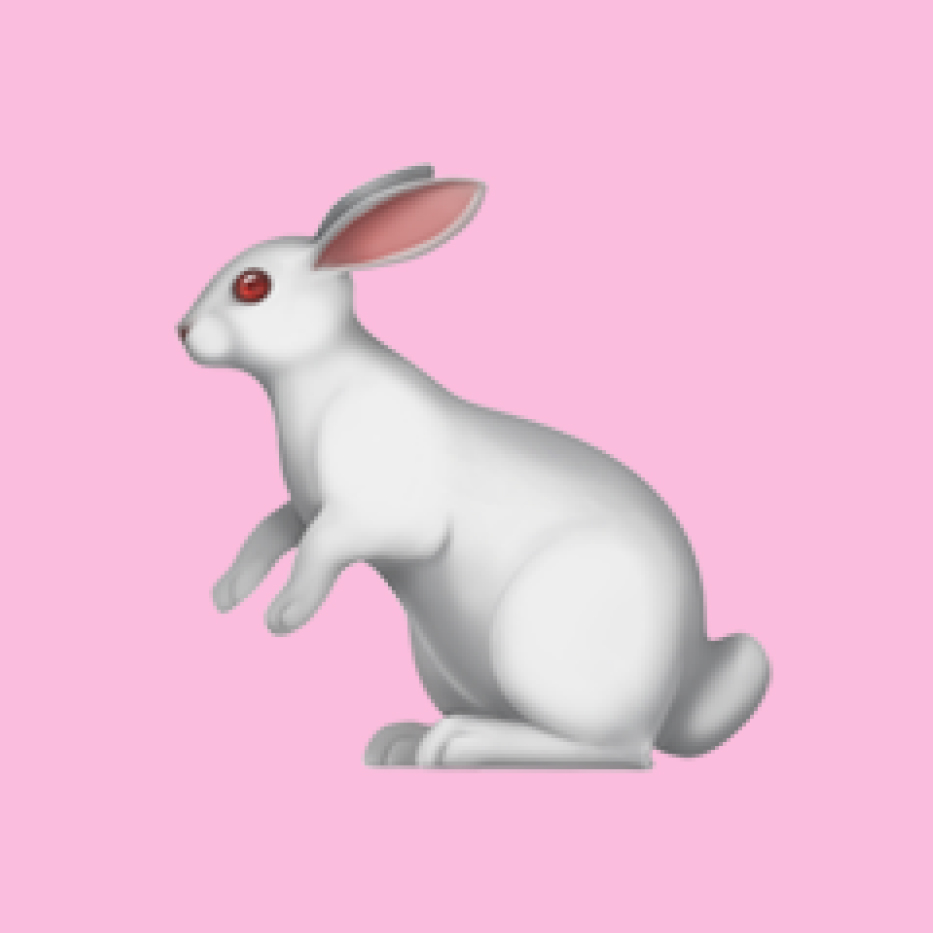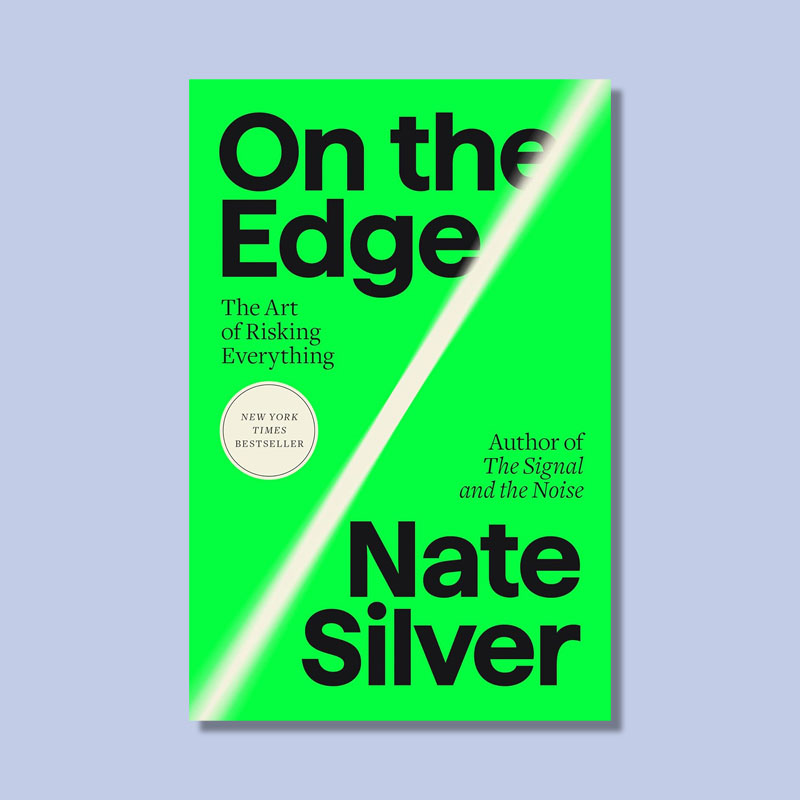Why do we say "to a tee" for something exact? | | When describing the exact nature of something, you might depict it "to a tee" — but what about "tee" is so specific? It's an interesting abbreviation. | |  | Bennett Kleinman |
|
| |  | | M uch like there's no consensus on the perfect way to cook a steak (I'll take mine rare) or the best hot dog toppings (mustard and sauerkraut, obviously), there are some idioms that lack any sort of universally accepted origin story. "To a tee," which dates back to the late 17th century, is widely understood to mean "executing something exactly or impeccably," but the etymological debate rages on over the phrase's precise origins.
Some claim that this idiom comes from sports, either the idea of aiming at the tee line in the winter sport of curling or the image of a golf tee. Others say it has to do with a drafting tool called a T-square, which is used by carpenters and architects for drawing crisp lines on perfect angles. But according to the Oxford English Dictionary, those options have been researched to the point that they're largely regarded as untenable.
Of all the purported theories, the most likely connects "to a tee" to the concept of a tittle — a noun defined as "a tiny part of something." While a tittle can describe any small part, traditionally it's used for the little dot found atop a lowercase "i" or "j." What makes this theory so reputable is that the phrase "to a tittle" predates "to a tee" by nearly a century, though both are used in similar contexts.
"To a tittle" appears in a 1607 play written by Francis Beaumont and John Fletcher, in the line, "I'll quote him to a tittle." The implication here is "to get the quote exactly right," much like "to a tee" means "to adhere to small detail." It's believed that "tittle" was shortened to a simple "tee" sound in speech over the ensuing decades, and in 1693, a version of "to a T" appeared in a satire by James Wright. People went on to use the variations "to a T" and "to a tee" interchangeably, though "to a tee" became the more common spelling by the 20th century. |
| | Continue reading | |  |
| |
| | Advertisers help keep Word Smarts free | |
Emoji Decoded | |  | | Rabbit | | | Meaning: Depicts a rabbit's full body in profile, including long pink ears and a fluffy cottontail.
Evolution: The Rabbit emoji 🐇 can refer to spring or Easter, although the Rabbit Face emoji 🐰 is more associated with the Easter Bunny. Adding other emojis can refer to speed 🐇💨, magic 🪄🐇🎩, or perhaps a trip down the proverbial rabbit hole 🐇🕳️.
Usage: [Text to a friend:] I'll be there ASAP! 🐇💨 |
|
 | | Rabbit | | | Meaning: Depicts a rabbit's full body in profile, including long pink ears and a fluffy cottontail.
Evolution: The Rabbit emoji 🐇 can refer to spring or Easter, although the Rabbit Face emoji 🐰 is more associated with the Easter Bunny. Adding other emojis can refer to speed 🐇💨, magic 🪄🐇🎩, or perhaps a trip down the proverbial rabbit hole 🐇🕳️.
Usage: [Text to a friend:] I'll be there ASAP! 🐇💨 |
|
| |
Have you read? | |  | | On the Edge | | By Nate Silver | | There's risk in everything, but statistician and poker player Nate Silver is more familiar with it than most. In this examination of the risk prevalent in gambling, Silicon Valley culture, and rapidly changing AI technology, he structures the main players as "The River" and "The Village." The former includes risk-takers (gamblers, entrepreneurs, and technologists), while the latter represents the more risk-averse establishment. Perhaps Silver's presentation is simplistic, but it helped me understand these complex mechanisms a bit better. | | | | Jennifer A. Freeman, Word Smarts Senior Editor | | | | We independently evaluate all recommended products and services. If you click on links we provide, we may receive compensation. |
|
 | | On the Edge | | By Nate Silver | | There's risk in everything, but statistician and poker player Nate Silver is more familiar with it than most. In this examination of the risk prevalent in gambling, Silicon Valley culture, and rapidly changing AI technology, he structures the main players as "The River" and "The Village." The former includes risk-takers (gamblers, entrepreneurs, and technologists), while the latter represents the more risk-averse establishment. Perhaps Silver's presentation is simplistic, but it helped me understand these complex mechanisms a bit better. | | | | Jennifer A. Freeman, Word Smarts Senior Editor | | | | We independently evaluate all recommended products and services. If you click on links we provide, we may receive compensation. |
|
| |
You might also like | |  | | | | Are Any Words the Same in Every Language? | | Words that are extremely similar across multiple languages are called "cognates," meaning they share the same root word or origin. Here are several words that travel across borders and languages. |
| | | |
| | Advertisers help keep Word Smarts free | |
|

No comments:
Post a Comment